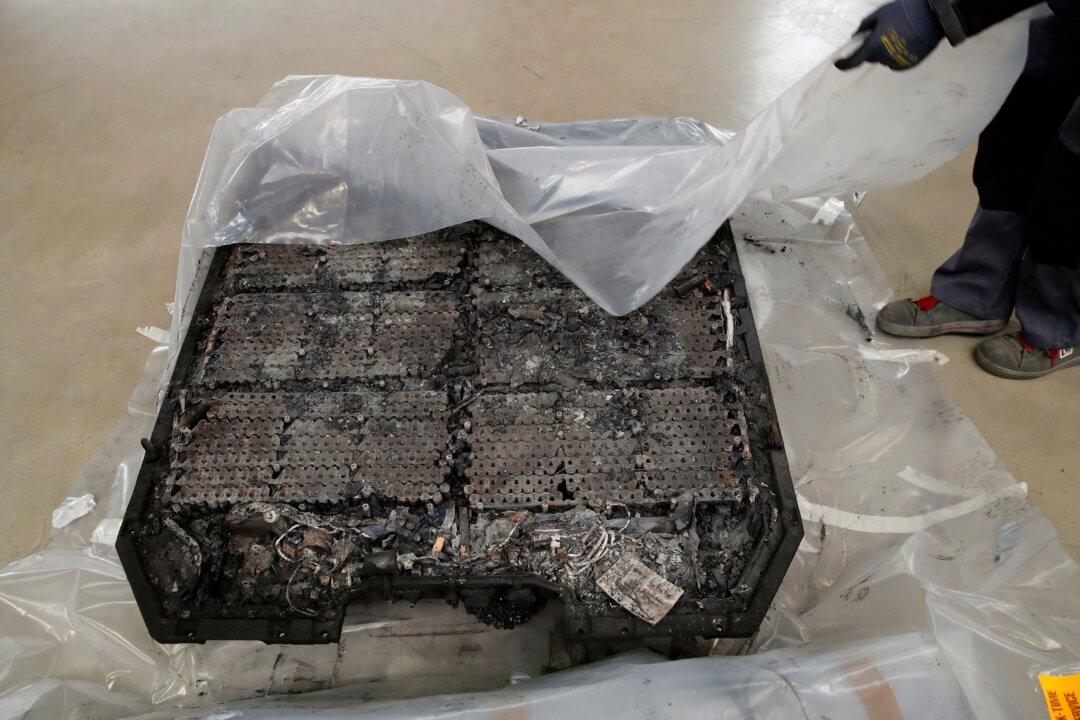The federal government should ensure the safe design of lithium-ion (Li-ion) batteries amid a series of incidents involving deadly fires from the technology, according to the Australian Competition Consumer Commission (ACCC).
The consumer watchdog released a report on Oct. 5 titled “Lithium-ion batteries and consumer product safety“ highlighting concerns over an increasing number of burns, chemical exposures, and smoke inhalations from lithium fires.





